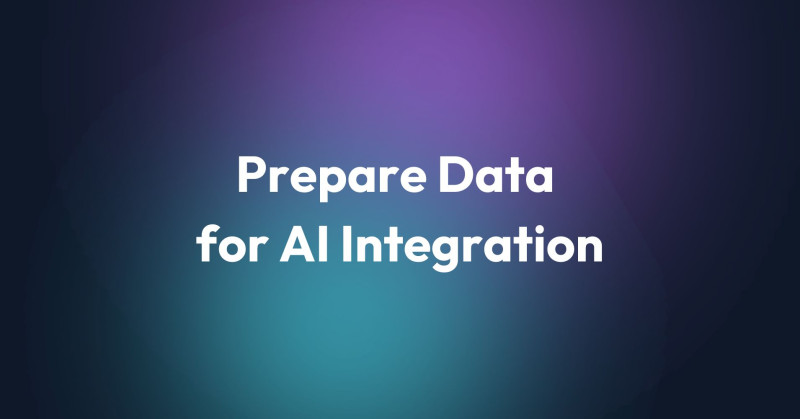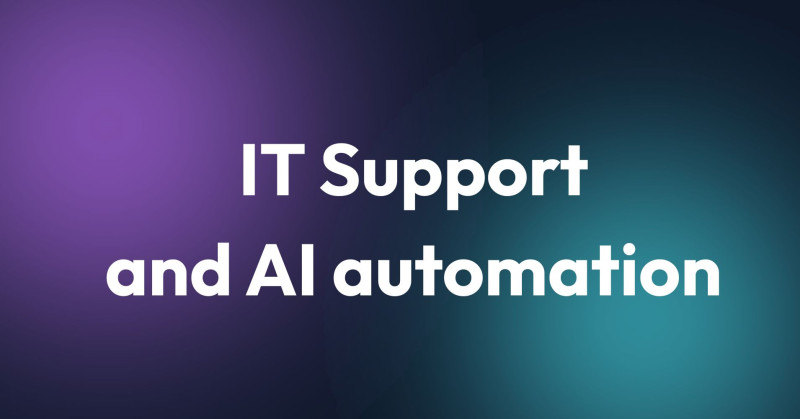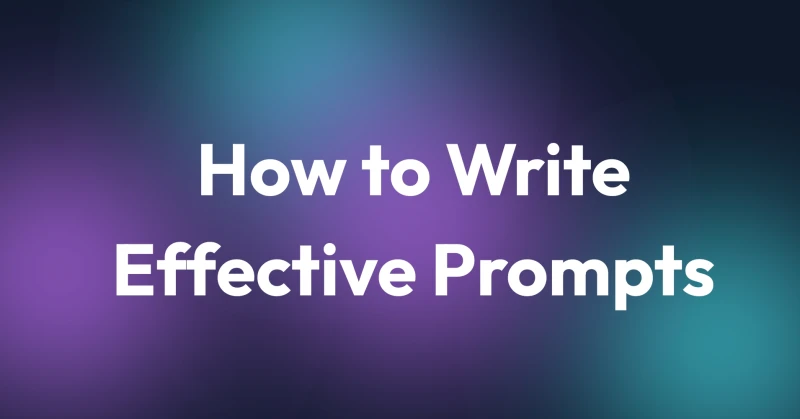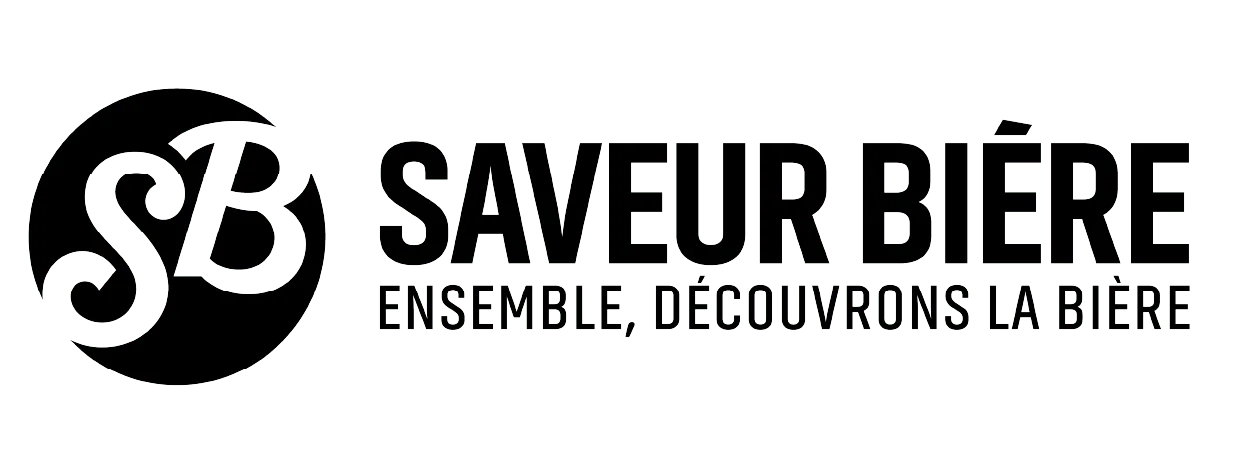Imagine trying to navigate a dense forest blindfolded, with constantly shifting paths and rules. That’s what compliance feels like for many organizations today. But now imagine having an intelligent drone above you—mapping changes in real time and guiding your every step. That’s what AI-powered compliance tools offer.
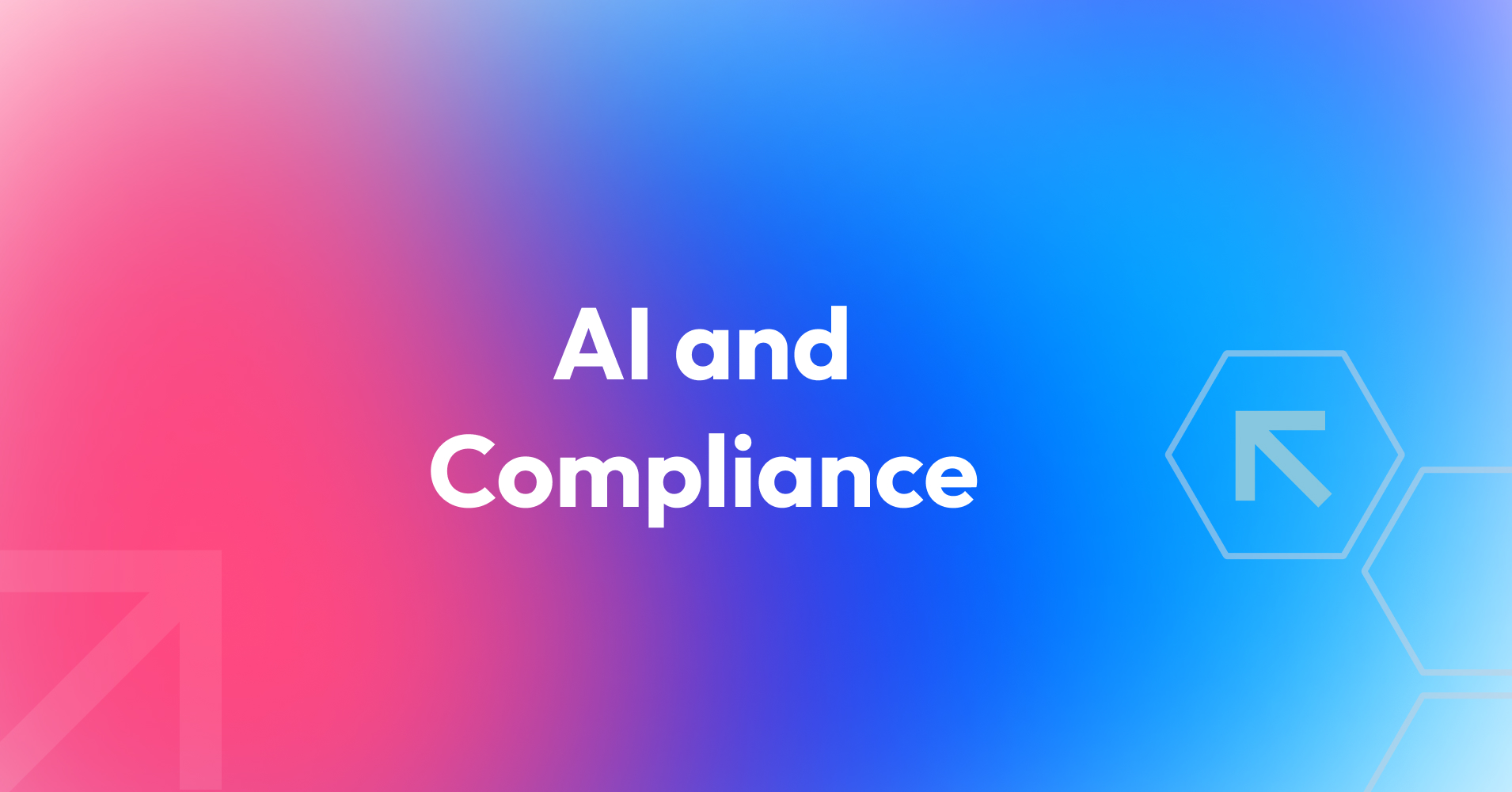
In sectors facing intense scrutiny—finance, healthcare, manufacturing, and beyond—regulatory compliance isn’t just a checkbox. It’s a strategic function. AI-powered solutions are emerging as a way to manage complexity, reduce human error, and anticipate regulatory change.
Here’s how these solutions are transforming compliance operations—question by question.
What does “AI-powered compliance” mean?
AI-powered compliance refers to the use of technologies such as machine learning, natural language processing, and predictive analytics to monitor, manage, and enforce adherence to industry-specific regulations.
Instead of relying solely on manual controls, organizations integrate AI tools that learn from large datasets—flagging risks, suggesting corrections, and ensuring continuous alignment with both internal policies and external rules.
How do AI solutions monitor compliance in real time?
AI systems can ingest and analyze massive streams of structured and unstructured data across multiple departments. They track:
Regulatory changes (e.g., new data privacy laws, tax rules, reporting formats),
Internal policy violations,
Unusual transactions or behaviors that might signal compliance breaches.
This shift from periodic audits to continuous monitoring reduces the window for non-compliance and allows faster mitigation of emerging risks.
Can AI handle industry-specific regulations?
Yes—and it’s one of its strongest use cases. With AI-powered solutions, companies can:
Tailor models to understand industry-specific jargon and compliance standards,
Parse legal documents and match them against operational data,
Create automated checklists that update with regulatory changes.
For example, in finance, AI can flag non-compliant trading patterns; in healthcare, it ensures patient data sharing follows HIPAA or GDPR rules.
How does AI support audit and reporting processes?
Audits, once manual and retrospective, are now augmented by AI. These tools can:
Automatically collect audit trails,
Highlight anomalies in financial, operational, or data access logs,
Generate pre-audit reports with recommended focus areas.
This not only saves time but also improves accuracy—reducing reliance on spreadsheets and minimizing missed red flags.
What are the benefits of using AI for compliance?
Key advantages include:
Scalability: Monitor compliance across multiple jurisdictions without increasing headcount.
Speed: Identify and respond to issues faster than manual reviews allow.
Cost savings: Reduce penalties, streamline audits, and limit legal exposure.
Adaptability: Stay up to date with changing laws through automated rule engines.
These benefits make AI not just a tool, but a strategic asset for risk management.
Are there risks or limitations?
Yes. As with any AI platform, challenges include:
Algorithm bias: Models must be trained on diverse, high-quality data.
Explainability: AI decisions must be traceable and understandable to regulators.
Data privacy: Using AI on sensitive data (e.g., employee behavior, financials) must comply with local laws.
A governance framework is essential to balance automation with accountability.
What are real-world examples of AI in compliance?
HSBC uses AI to monitor transactions for potential money laundering.
Pfizer leverages AI to manage compliance in clinical trials.
Manufacturers use vision-based AI to verify safety and labeling standards on production lines.
These cases show how AI doesn't replace compliance teams—it empowers them with better insights and faster action.
How to get started with AI compliance tools?
Here’s a simple roadmap:
Assess your current compliance workflows: Identify bottlenecks and risk zones.
Select a trusted AI vendor: Look for transparency, proven results, and industry experience.
Pilot with a focused use case: E.g., real-time policy enforcement or automated audit logs.
Train your team: Equip compliance staff with tools and understanding of how the AI works.
Iterate and expand: Scale based on outcomes and compliance needs.
Working with a partner who understands AI integration and regulatory ecosystems can significantly accelerate success.
FAQ: AI-Powered Compliance
What is AI-powered compliance?
AI-powered compliance refers to the use of artificial intelligence technologies—like machine learning, NLP, and predictive analytics—to monitor, enforce, and automate regulatory processes. These systems help compliance teams identify risk, interpret changing regulations, and stay aligned with legal frameworks in real time.
How does AI help with regulatory risk management?
AI helps manage regulatory risk by continuously analyzing vast amounts of structured and unstructured data. AI tools can flag anomalies, detect non-compliant behavior, and monitor changing laws across jurisdictions. This proactive monitoring minimizes manual workload and reduces the risk of missed violations.
Can AI automatically detect compliance violations?
Yes. AI can detect compliance violations in real time by comparing business activity with up-to-date regulatory rulesets. Whether it's unusual financial transactions, policy breaches, or unauthorized data access, AI models learn from patterns and highlight risks that require investigation.
What are the benefits of using AI for audits and reporting?
AI automates audit trails, consolidates evidence, and surfaces discrepancies faster than traditional tools. It also enables continuous audit readiness by generating automated reports and dashboards—reducing time, cost, and human error in regulatory reporting.
Is AI suitable for industry-specific compliance (e.g. finance, pharma)?
Absolutely. AI-powered solutions can be trained with industry-specific datasets and regulatory frameworks (e.g., MiFID II, HIPAA, SOX, GDPR). They support tailored compliance processes, adapt to evolving requirements, and help organizations meet sector-specific obligations with greater agility.
How does AI handle regulatory updates?
Modern AI systems monitor and interpret regulatory changes using NLP and legal knowledge graphs. These updates are fed into compliance engines that adapt policy logic dynamically—so teams are always aligned with the latest legislation without manual intervention.
What are the biggest challenges in using AI for compliance?
Key challenges include data governance, explainability (why the AI made a specific decision), model bias, and integration with existing systems. To overcome these, companies need clear accountability frameworks, ethical AI governance, and human oversight throughout the compliance lifecycle.
Does AI replace compliance teams?
No. AI augments compliance teams by automating repetitive tasks and surfacing high-risk issues faster. Human judgment remains essential for context, nuance, and final decision-making. The goal is not replacement—but empowering compliance professionals with intelligent tools.

